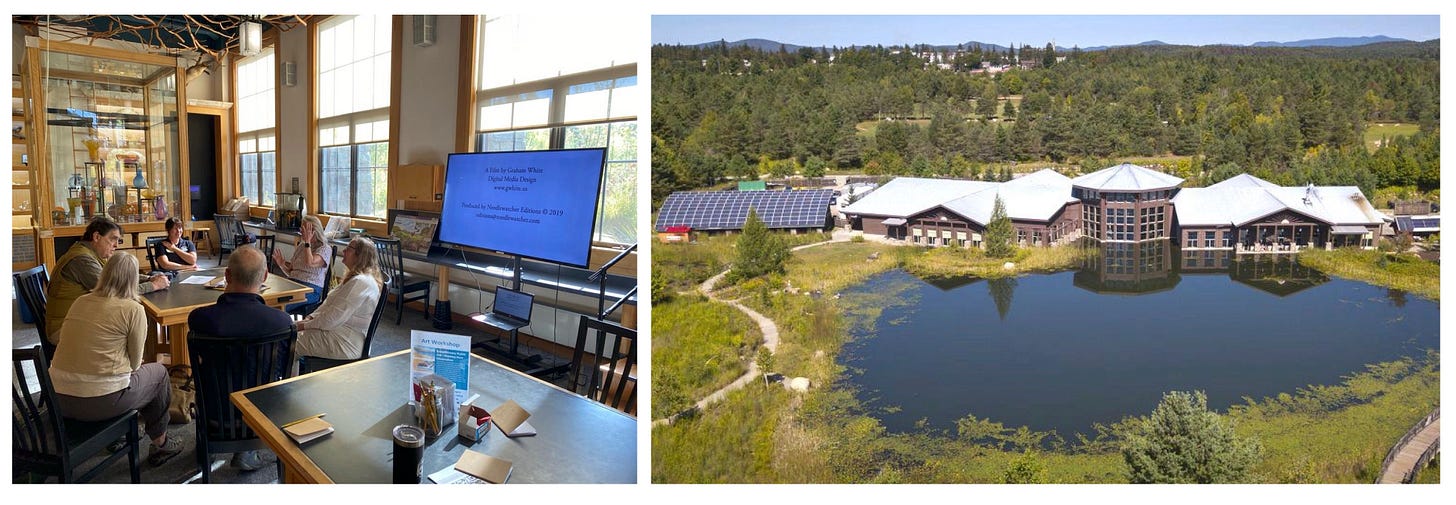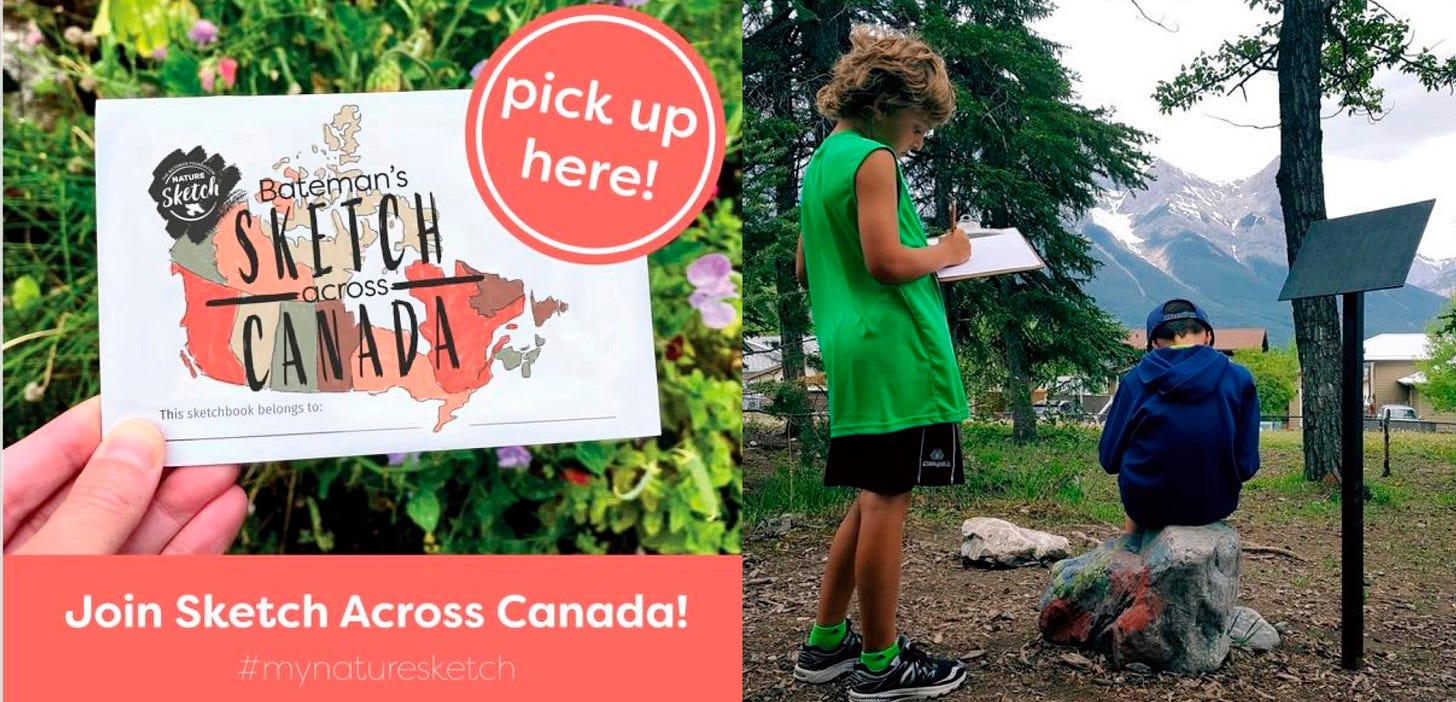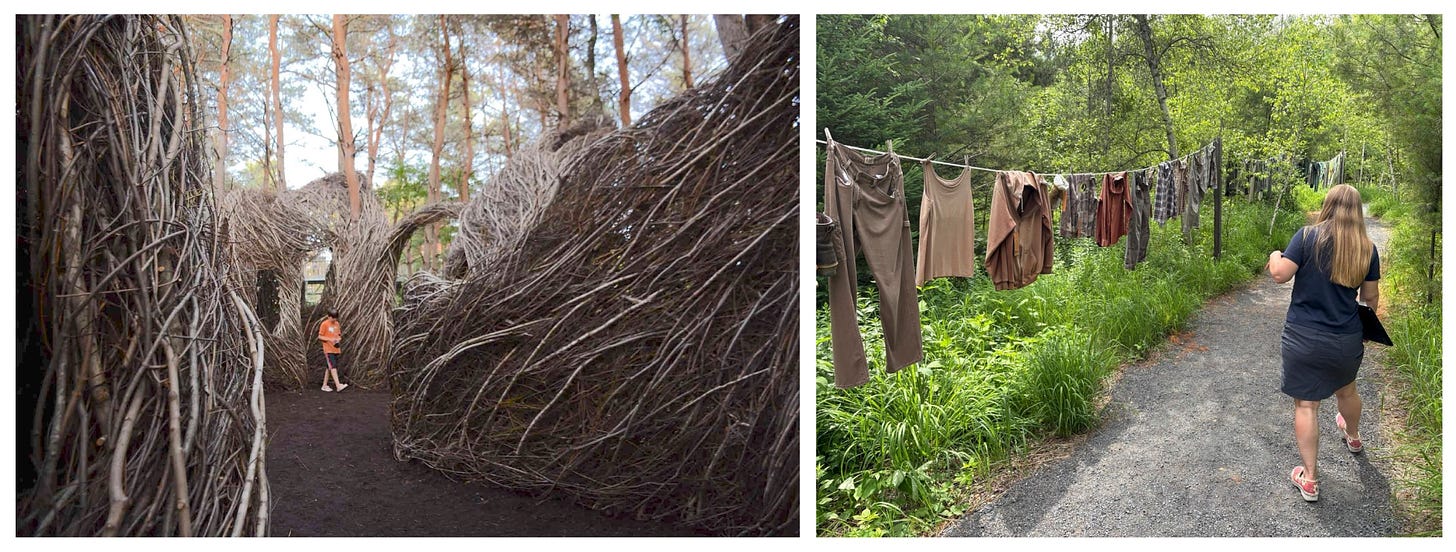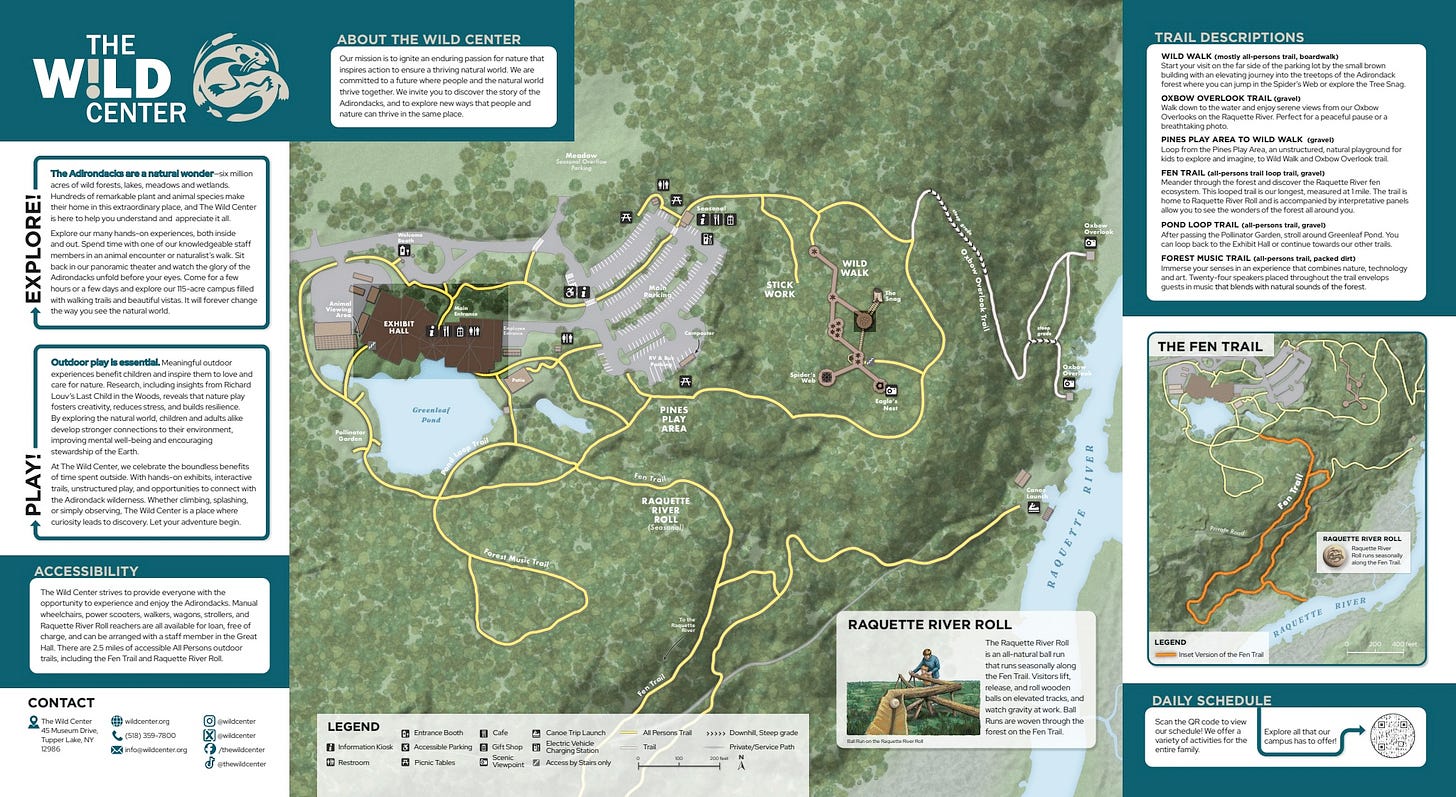HOW ART & WRITING TURNED SCARY LANDS INTO HEALING PLACES
# 130: Leading a Talk and a Workshop at The Wild Center in Tupper Lake, New York
Carrying a sketchbook is beneficial to both artists and lay folk alike. I have been promoting that message for years. Drawing and writing transform can one’s personal experience into durable memories, greater knowledge, and new ideas. Doodling, according to Harvard Medical School, has been shown to relieve stress, enhance cognitive performance, and improve memory. A leader in the movement recently called plein-air painting “the new golf.” Linksmen carry scorebooks in their pockets. So should hikers, tourists, and alfresco artists. Susan Magsamen, executive director of the International Arts + Mind Lab at Johns Hopkins University is quoted by the American Psychological Association as saying, “Artists, philosophers, and children have always known the power of the arts. It’s innate and intuitive, yet we’ve marginalized the way we’ve thought about the arts as a form of entertainment. . . In fact, the science shows we’re neurobiologically wired for these kinds of experiences, and they contribute to our health and well-being.” Drawing and writing can only amplify these benefits. Wildlife artist Robert Bateman and Black Press Media launched Sketch Across Canada, to distribute “33,000 free sketchbooks across the country, asking Canadians to venture outside and, ‘become bright-eyed three-year-olds again.’”
The talk I delivered on Saturday October 4, 2025, at The Wild Center in Tupper Lake, New York was followed by a hands-on workshop that met in the museum’s Naturalist Cabinet study area before proceeding onto the museum’s 115-acre campus. The Natural History Museum of the Adirondacks was founded in 1999 and opened as The Wild Center on July 4, 2006. Buildings and exhibits were designed by Saint Louis architectural firm HO+K, artist Charles P. Reay, Fish Partners in Connecticut, and the Phinney Design Group in Saratoga Springs. The complex was the first certified LEED (Leadership in Environmental Design) in the State of New York and earned a silver medal from the Green Building Council.
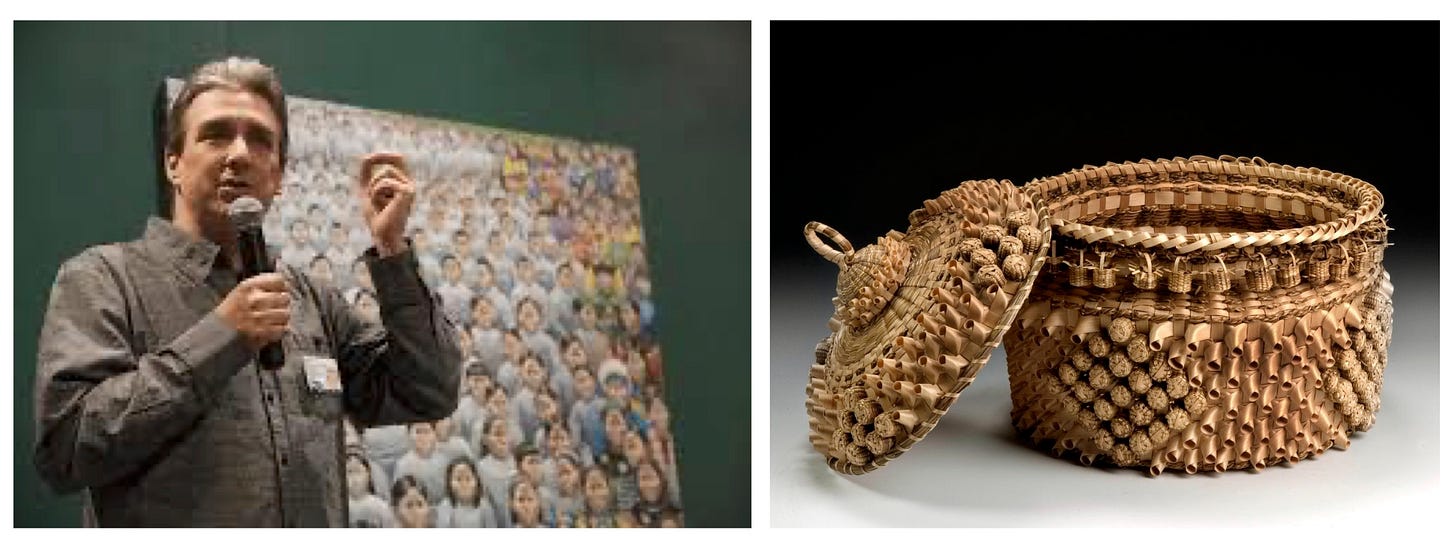
Displays include live aquatic animal habitats and a living wetland exhibit designed by Akwesasne Mohawk artist David Kanietakeron Fadden. The Wild Center blends art and science in ways that transform intimidating subjects into visitor-friendly experiences. Ash wood used for making baseball bats, and baskets made by First Nations artist Mary Kawennatakie Adams(1917-1999), is now threatened by the invasive Emerald Ash Borer beetle (Agrilus planipennis).
On view along the Pond Loop and Pollinator trails is Brenda Baker’s installation piece Clothesline: Food, Fiber, Art, and Soil. On a wooded bluff above the Raquette River is Patrick Doherty’s Hopscotch; a large scale installation created by the artist and a team of volunteers from sustainably-harvested saplings.
—James Lancel McElhinney © 2025
Become a True Places subscriber to access the transcript of my talk at The Wild Center on October 4, 2025, which will be posted shortly
Note: Paid subscribers receive full access to past and future features and articles at a modest price. Please support the effort!
Thanks for reading!
—James Lancel McElhinney © 2025


